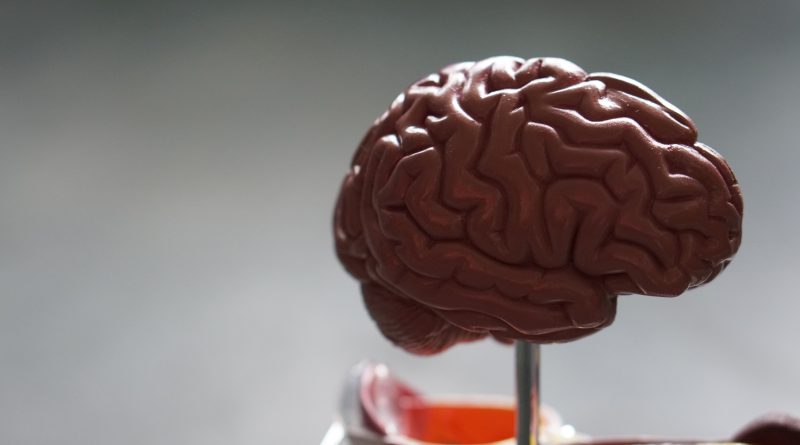What is Cerebrale? What are the Symptoms, Causes and Treatment of it?
Cerebrale, also known as cerebral edema, is a condition in which there is an abnormal accumulation of fluid in the brain. This buildup of fluid can cause increased pressure within the skull, leading to a range of symptoms that can be severe and life-threatening if left untreated. In this article, we will explore the symptoms, causes, and treatments for cerebrale.
Symptoms of Cerebrale
The symptoms of cerebrale can vary depending on the severity and underlying cause of the condition. Some common symptoms include:
- Headache
- Nausea and vomiting
- Confusion or disorientation
- Seizures
- Changes in vision or speech
- Weakness or numbness in the arms or legs
- Difficulty walking or maintaining balance
- Loss of consciousness
These symptoms can develop rapidly and may worsen over time. In some cases, cerebrale can be life-threatening and require immediate medical attention.
Causes of Cerebrale
There are several possible causes of cerebrale, including:
- Traumatic brain injury: A blow to the head or other trauma to the brain can cause swelling and fluid buildup.
- Infections: Certain infections, such as meningitis or encephalitis, can cause inflammation and swelling of the brain.
- Brain tumors: Tumors in the brain can disrupt the normal flow of fluids, leading to cerebrale.
- Stroke: A stroke can cause damage to the brain and disrupt the flow of blood and fluids, leading to swelling.
- Hypoxia: Lack of oxygen to the brain can cause cerebrale.
- Drug reactions: Certain medications or drugs can cause cerebrale as a side effect.
Treatments for Cerebrale
Treatment for cerebrale depends on the underlying cause and severity of the condition. In some cases, cerebrale may resolve on its own with conservative measures, such as rest and pain management. However, more severe cases may require more aggressive treatment, such as:
- Medications: Medications may be prescribed to reduce swelling and fluid buildup in the brain. These may include corticosteroids, diuretics, and anti-seizure drugs.
- Surgery: In some cases, surgery may be necessary to relieve pressure on the brain and reduce fluid buildup. This may involve removing a portion of the skull or draining excess fluid from the brain.
- Oxygen therapy: If cerebrale is caused by hypoxia, oxygen therapy may be used to improve oxygen levels in the blood and brain.
- Monitoring: In severe cases of cerebrale, close monitoring may be necessary to ensure that the brain is functioning properly and to watch for any signs of worsening symptoms.
Prevention of Cerebrale
While it may not be possible to prevent all cases of cerebrale, there are several steps that individuals can take to reduce their risk of developing this condition. These may include:
- Wearing helmets: When participating in high-risk activities, such as cycling or contact sports, it is important to wear a helmet to protect the head and reduce the risk of traumatic brain injury.
- Managing chronic conditions: Individuals with chronic conditions, such as high blood pressure or diabetes, should work closely with their healthcare provider to manage these conditions and reduce their risk of complications that can lead to cerebrale.
- Taking medications as prescribed: If taking medications that can cause cerebrale as a side effect, it is important to take them as prescribed and notify a healthcare provider if any unusual symptoms develop.
- Seeking prompt medical attention: If experiencing any symptoms of cerebrale, it is important to seek prompt medical attention to prevent complications and improve outcomes.
Conclusion
Cerebrale is a serious condition that can have severe and life-threatening consequences if left untreated. The symptoms of cerebrale can be varied and may worsen over time. The underlying causes of cerebrale can also be diverse, including traumatic brain injury, infections, brain tumors, stroke, hypoxia, and drug reactions. However, with prompt and appropriate treatment, the prognosis for cerebrale can be improved. It is important for individuals to take steps to reduce their risk of cerebrale, such as wearing helmets during high-risk activities and managing chronic conditions.
Seeking prompt medical attention for any unusual symptoms can also help prevent complications and improve outcomes. can have severe and life-threatening consequences if left untreated. The symptoms of cerebrale can be varied and may worsen over time. The underlying causes of cerebrale can also be diverse, including traumatic brain injury, infections, brain tumors, stroke, hypoxia, and drug reactions. However, with prompt and appropriate treatment, the prognosis for cerebrale can be improved. It is important for individuals to take steps to reduce their risk of cerebrale, such as wearing helmets during high-risk activities and managing chronic conditions. Seeking prompt medical attention for any unusual symptoms can also help prevent complications and improve outcomes.
If you are passionate about writing about health, search us with the query “write for us health” in search engines. Medical Doze always welcomes writers with new ideas and uniqueness in their content..

